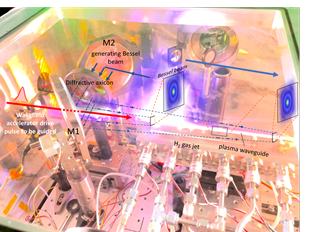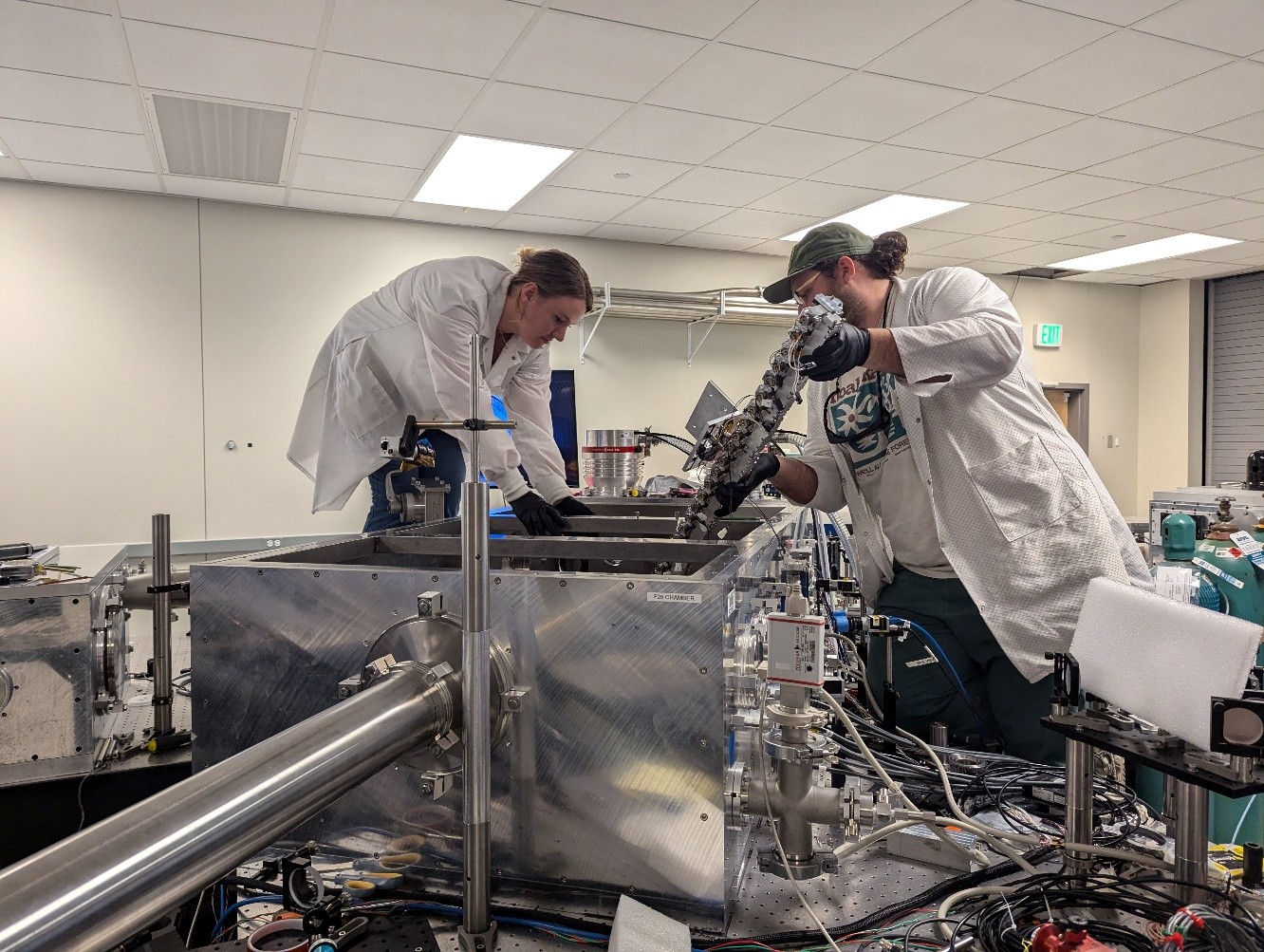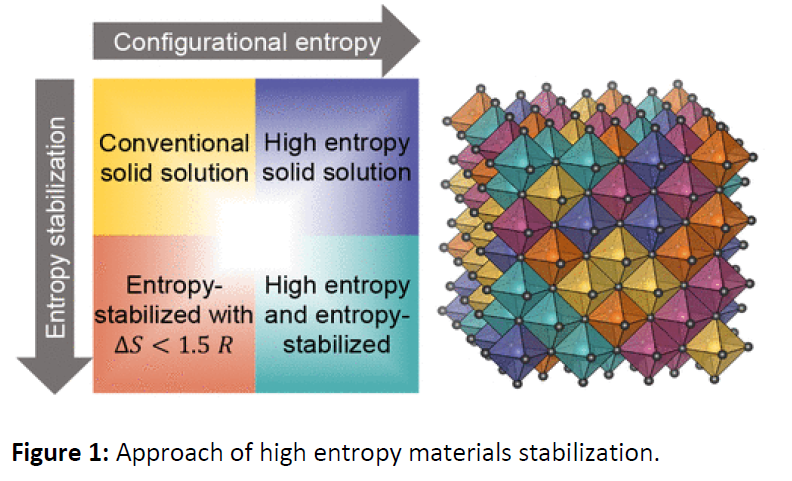Chung Yun Chang (1929 - 2025)
- Details
- Published: Monday, November 03 2025 15:19
Professor Emeritus Chung Yun Chang died on October 29, 2025, in San Diego, California. He was 95.
Prof. Chang was a native of rural Hunan, China. He received a bachelor’s degree at National Taiwan University and a Ph.D. at Columbia University in 1965.
Prof. Chang joined the University of Maryland Physics department in the mid-1960s and worked with George Snow and Bob Glasser on the analysis of bubble chamber data. In those days almost the entire 4th floor of the Toll Physics Building consisted of bubble chamber scanning and measuring tables. Those were the days of establishing the properties of elementary particles that eventually led to the current Standard Model of Particle Physics. In the late 1960’s Prof. Chang and his coworkers worked on a K−p Bubble Chamber exposure at Brookhaven National Lab to study decays and results that were inconsistent with an |ΔI| = ½ rule. The analysis of this exposure continued for a long time and the film existed at Maryland until the 1990’s when it was finally mined for its silver content.
With the advent of Fermilab, Prof. Chang and the Maryland group worked on a number of bubble chamber experiments at Fermilab. Fermilab experiment E2B was a hybrid spectrometer experiment with optical spark chambers measuring forward tracks produced by 100 Gev π− interactions in the Argonne 30” hydrogen bubble chamber. The spark chambers and the bubble chamber were triggered if two or more forward tracks were detected by dE/dx deposits in 3 independent scintillation counters, indicating the presence of a high multiplicity event. A hybrid triggered system avoided taking photos of uninteresting events. Profs. Chang, Snow and Glasser were joined by Phil Steinberg on this experiment.
Prof. Chang also worked with Prof. Steinberg on a Magnetized Beam Dump experiment at Fermilab looking for neutral heavy leptons at this time.
George Snow conceived of a search for Charm in the 15 foot Fermilab Bubble Chamber filled with deuterium before the discovery of the J/Ψ. Although the proposal was accepted it was delayed for many years. Prof. Chang and his coworkers did find several charm candidate events when the Bubble Chamber finally took data, but by then Charm was no longer just a conjecture. The Standard Model was on its way to being finalized.
After the discovery of the ϒ at Fermilab, and the proposal of QCD as the underpinning of the strong interactions, the Standard Model was heading towards completion. A set of experiments at DESY in Hamburg, Germany established the existence of the gluon, the particle that binds the quarks in strong interactions. Prof. Chang worked with Gus and Bice Zorn, Andris Skuja and Prof. Glasser on the PLUTO experiment at PETRA. PETRA was an e+e- collider. In 1979, three experiments at PETRA observed 3-particle jet events that were consistent with gluon production. Later the four experiments that operated at PETA were awarded a special EPS prize for the discovery and characterization of the gluon in strong interactions. PLUTO made many early contributions to our understanding of QCD and particle jet fragmentation as well as introducing the study of γγ production of hadrons.
After PLUTO on PETRA, Prof. Chang worked on the OPAL experiment at LEP (the Large Electron Positron collider) at CERN, Geneva, Switzerland. While waiting for OPAL to begin data taking, Prof. Chang worked with Prof. Steinberg to find evidence for muonium and antimuonium oscillations. They did not find such evidence but for a while they had the best limits for non-existence of the phenomenon.
At LEP, Prof. Chang worked with Prof. Snow on the Z line-shape. The Maryland group had a major role in the OPAL experiment, leading the construction of the hadron calorimeter among other contributions. The analysis of the data from OPAL and other three experiments at the Z pole and later at higher energies led to the most precise measurements of the Electroweak interactions, validating the Standard Model predictions. Working with his students, Prof. Chang carried out studies of Z line-shape and its decay properties, and searches for new particles beyond the Standard Model.
After his retirement in 1997, Prof. Chang continued to do research, and had a deep interest in neutrino mixing studies. He was a Fellow of the American Physical Society.
Further information is posted here: https://www.dignitymemorial.com/funeral-homes/california/san-diego/pacific-beach-la-jolla-chapel/9560





 Researchers at the pioneering Maryland Quantum-Thermodynamics Hub meld 19th century physics with the modern techniques and tools of quantum information science. Since 2022, they have plumbed the intriguing depths of this disciplinary fusion, uncovering a deeper understanding of how the everyday world emerges from
Researchers at the pioneering Maryland Quantum-Thermodynamics Hub meld 19th century physics with the modern techniques and tools of quantum information science. Since 2022, they have plumbed the intriguing depths of this disciplinary fusion, uncovering a deeper understanding of how the everyday world emerges from 